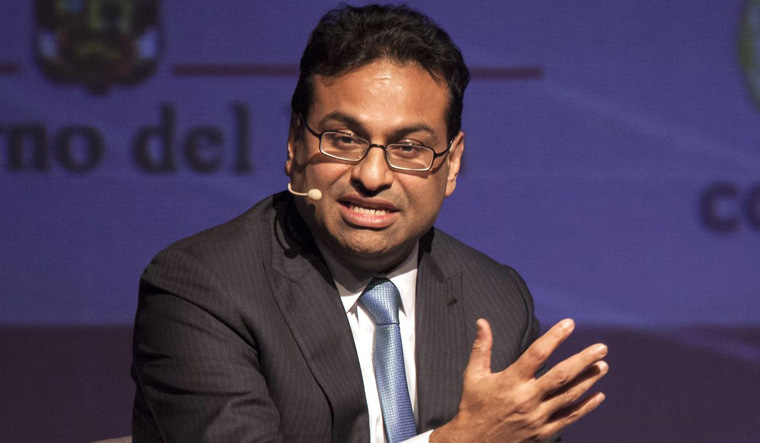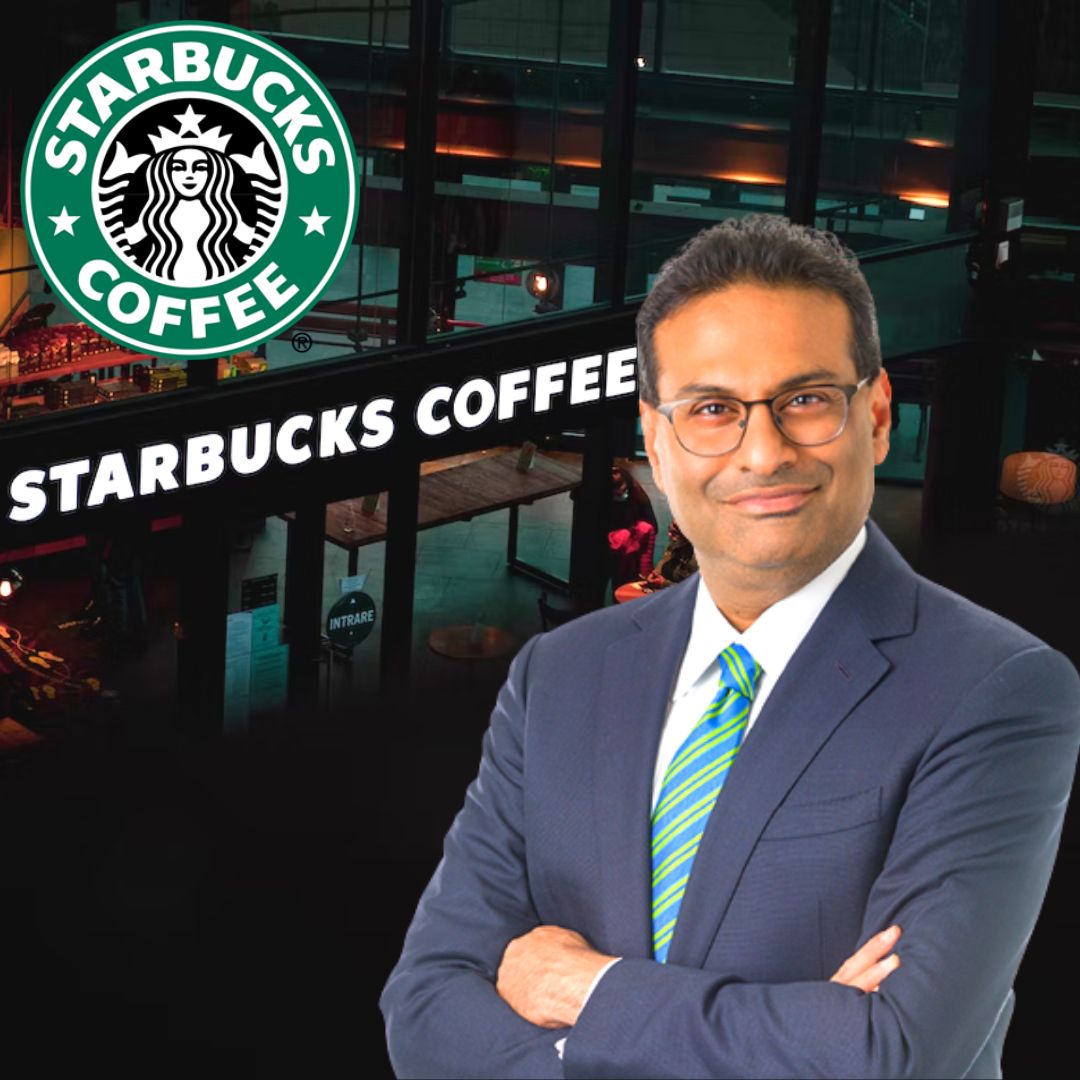Starbucks CEO’s Leadership Style and Impact: Ceo Of Starbucks

Starbucks’ journey from a small Seattle coffee shop to a global coffee giant is intertwined with the leadership styles of its CEOs. This analysis examines the leadership approaches of Howard Schultz and Kevin Johnson, highlighting their impact on Starbucks’ success, culture, and values.
Howard Schultz’s Leadership Style, Ceo of starbucks
Howard Schultz’s leadership style can be characterized as charismatic and visionary. He is known for his passion for coffee, his commitment to customer service, and his ability to inspire employees. Schultz’s leadership style is often described as transformational, as he sought to create a culture of shared values and purpose among Starbucks employees.
- Schultz’s emphasis on creating a “third place” between home and work fostered a sense of community and belonging among customers and employees alike.
- He was instrumental in establishing Starbucks’ ethical sourcing practices, promoting fair trade coffee and sustainable farming methods.
- Schultz’s focus on employee benefits, including healthcare and stock options, contributed to Starbucks’ reputation as a desirable employer.
Kevin Johnson’s Leadership Style
Kevin Johnson, a former Microsoft executive, brought a more data-driven and operational approach to Starbucks. His leadership style can be characterized as strategic and focused on efficiency and profitability.
- Johnson implemented a number of initiatives aimed at streamlining operations and improving efficiency, including the introduction of mobile ordering and a focus on digital innovation.
- He emphasized the importance of data analytics and customer insights in driving decision-making.
- Johnson’s leadership has been characterized by a focus on financial performance and shareholder value.
Comparing and Contrasting Schultz and Johnson
While Schultz’s leadership focused on building a culture of values and purpose, Johnson’s approach prioritized operational efficiency and financial performance.
- Schultz’s emphasis on customer experience and employee empowerment has been credited with creating a loyal customer base and a high-performing workforce.
- Johnson’s focus on data-driven decision-making and digital innovation has helped Starbucks to adapt to the changing consumer landscape and maintain its competitive edge.
- Both CEOs have played a significant role in shaping Starbucks’ success, but their leadership styles have differed in their priorities and approaches.
Impact of CEO Leadership on Starbucks’ Culture and Values
The leadership styles of Schultz and Johnson have had a profound impact on Starbucks’ culture and values.
- Schultz’s vision of creating a “third place” has been central to Starbucks’ identity and has influenced its customer experience, employee relations, and community engagement.
- Johnson’s focus on operational efficiency and digital innovation has helped Starbucks to remain relevant in a rapidly evolving marketplace.
- While there have been differences in their approaches, both CEOs have been committed to Starbucks’ core values of ethical sourcing, community engagement, and employee well-being.
Starbucks’ Business Strategy and Innovation

Starbucks’ business strategy has evolved significantly over the years, fueled by a relentless pursuit of growth and profitability. The company’s success can be attributed to its ability to adapt to changing consumer preferences, embrace innovation, and leverage technology to enhance the customer experience.
Growth and Profitability
Starbucks’ growth strategy is multifaceted, encompassing expansion into new markets, product diversification, and a focus on customer loyalty. The company has a global footprint, with over 34,000 stores in 80 countries, and continues to expand into emerging markets. Product diversification has also been a key driver of growth, with Starbucks introducing new beverages, food items, and merchandise to cater to diverse customer preferences.
Starbucks’ focus on profitability is evident in its efforts to optimize operations, enhance efficiency, and control costs. The company has implemented various initiatives to reduce waste, streamline processes, and improve supply chain management. Starbucks also leverages its loyalty program to drive repeat purchases and increase customer engagement.
Key Innovations
Starbucks has been a pioneer in the coffee industry, introducing numerous innovations that have shaped the landscape. Some notable examples include:
- The Frappuccino: This iconic blended beverage, introduced in 1995, revolutionized the coffee industry and became a cornerstone of Starbucks’ product portfolio.
- The Starbucks Reserve Roastery: These flagship stores offer an immersive coffee experience, showcasing the art of coffee roasting and brewing. The first Roastery opened in Seattle in 2014, followed by locations in Shanghai, New York, Milan, and Chicago.
- Mobile Ordering and Payment: Starbucks was an early adopter of mobile ordering and payment technology, allowing customers to order and pay for their beverages through a mobile app. This innovation has streamlined the ordering process and improved customer convenience.
- Personalized Recommendations: Starbucks leverages data analytics to provide personalized recommendations to customers based on their purchase history and preferences. This helps to enhance the customer experience and drive sales.
Adaptation to Changing Consumer Preferences
Starbucks has consistently adapted to changing consumer preferences, recognizing the importance of staying relevant and meeting evolving needs. The company has introduced a variety of initiatives to cater to health-conscious consumers, including:
- Plant-based Options: Starbucks offers a growing range of plant-based beverages and food items, including oat milk, vegan pastries, and meatless sandwiches.
- Focus on Sustainability: Starbucks has made significant strides in sustainability, sourcing ethically sourced coffee beans and reducing its environmental footprint. This aligns with the growing demand for environmentally conscious products and practices.
- Digital Engagement: Starbucks has embraced digital technology to enhance customer engagement and provide personalized experiences. The company’s mobile app offers a range of features, including mobile ordering, payment, rewards, and personalized recommendations.
Technology’s Role in Business Strategy
Technology plays a pivotal role in Starbucks’ business strategy, enabling the company to enhance efficiency, improve customer experience, and drive innovation. Some key areas where technology is leveraged include:
- Supply Chain Management: Starbucks uses advanced analytics and data visualization tools to optimize its supply chain, ensuring the timely and efficient delivery of coffee beans and other ingredients.
- Customer Relationship Management (CRM): Starbucks leverages CRM systems to manage customer data, track purchase history, and personalize interactions. This helps to build customer loyalty and drive repeat purchases.
- Digital Marketing: Starbucks uses digital marketing channels, such as social media, email, and mobile advertising, to reach target audiences and promote new products and services.
Challenges and Opportunities for Starbucks

Starbucks, despite its global dominance, faces a complex and dynamic landscape with numerous challenges and opportunities. The company must navigate evolving consumer preferences, fierce competition, and economic uncertainties to maintain its growth trajectory.
Impact of Competition on Starbucks’ Business
The coffee industry is fiercely competitive, with numerous players vying for market share. Starbucks faces competition from various sources, including:
- Specialty Coffee Shops: Independent coffee shops and smaller chains like Blue Bottle Coffee and Stumptown Coffee Roasters offer a more artisanal and localized experience, attracting customers seeking unique brews and a sense of community.
- Fast Food Chains: Fast food giants like McDonald’s and Dunkin’ Donuts have expanded their coffee offerings, offering convenience and affordability, directly competing with Starbucks’ core customer base.
- Grocery Stores: Supermarkets like Whole Foods and Trader Joe’s have significantly enhanced their coffee sections, providing a wide range of options and price points, challenging Starbucks’ dominance in the convenience segment.
- Online Retailers: Online platforms like Amazon and Blue Bottle Coffee offer direct-to-consumer coffee subscriptions, providing customers with a convenient and personalized experience.
This intense competition has led to price wars, promotional battles, and a constant need for innovation to maintain a competitive edge. Starbucks must constantly adapt its offerings and strategies to remain relevant and attractive to consumers.
The CEO of Starbucks, well, they’ve got a lot on their plate, right? Keeping up with the coffee trends, making sure the baristas are on point, and now they’ve gotta keep an eye on the whole Starbucks Chipotle thing.
It’s like, how do you compete with a burrito joint that’s got everyone hooked on their guac? The pressure’s on, innit?
The CEO of Starbucks is always under pressure to keep the green and white siren singing, and that means keeping up with the competition. One of their biggest rivals in the fast-casual game is Chipotle, and you can read all about the starbucks chipotle customer base comparison right here.
Whether they’re battling it out for the best coffee or the tastiest burrito bowl, it’s all part of the game for the CEO of Starbucks, who’s got to stay on top of the trends to keep the cash flowing.
